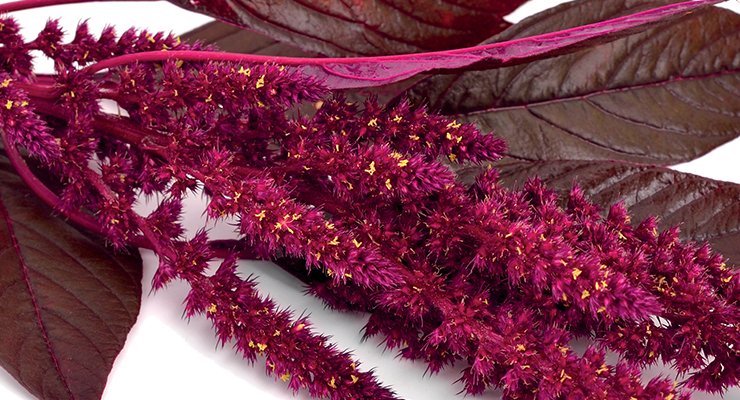Amaranthus, a squalene reservoir

Adrian Troncoso-Ponce is a lecturer at UTC, specialist in plant metabolism. He is also responsible for “sustainable development” and the “sustainable engineering” label within the Enzymatic and Cellular Engineering (UTC-GEC) laboratory.
One of his research areas? “We’re trying to understand why amaranthus, a particular plant, produces large quantities of squalene, a lipid molecule used in dermatology and pharmacology, particularly in vaccines.
Currently, the main source of squalene (as indeed its name indicates) is shark liver oil. The idea is to be able to substitute animal squalene with squalene from amaranthus”, explains Adrian Troncoso-Ponce.
In practical terms what does this imply? “To produce amaranthus squalene in quantity, we are adopting a biotechnological approach. One of the avenues being explored would be to incorporate amaranthus genes into yeast and put the solution in a fermenter”, he explains. Enrico Magnani, a researcher at INRAE, is collaborating on this research project.




